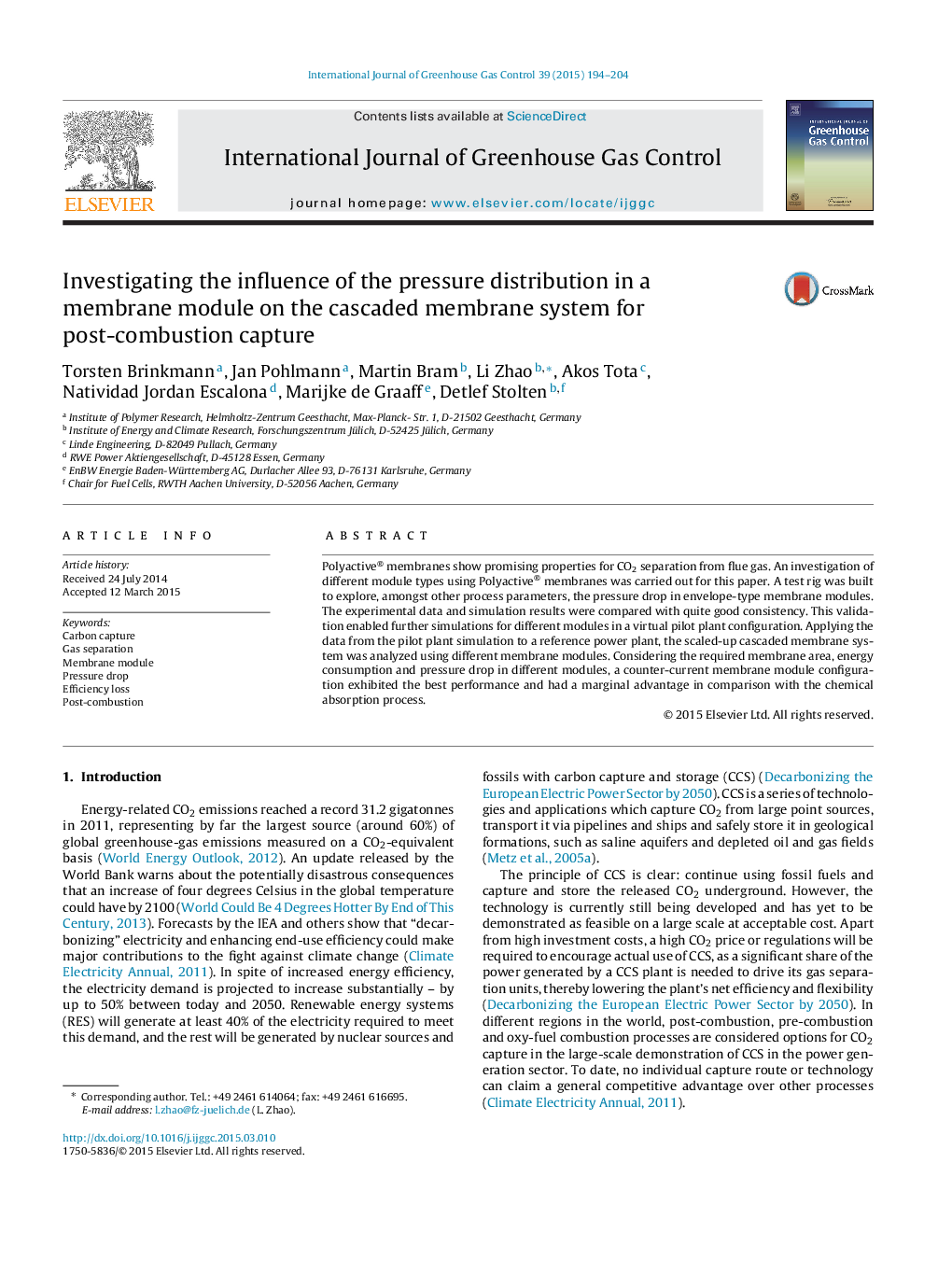| Article ID | Journal | Published Year | Pages | File Type |
|---|---|---|---|---|
| 6020164 | Journal of Neuroimmunology | 2015 | 11 Pages |
Abstract
HIV infects the central nervous system (CNS) during primary infection and persists in resident macrophages. CNS infection initiates a strong local immune response that fails to control the virus but is responsible for by-stander lesions involved in neurocognitive disorders. Although highly active anti-retroviral therapy now offers an almost complete control of CNS viral proliferation, low-grade CNS inflammation persists. This review focuses on HIV-induced intrathecal immunoglobulin (Ig) synthesis. Intrathecal Ig synthesis early occurs in more than three-quarters of patients in response to viral infection of the CNS and persists throughout the course of the disease. Viral antigens are targeted but this specific response accounts for <Â 5% of the whole intrathecal synthesis. Although the nature and mechanisms leading to non-specific synthesis are unknown, this prominent proportion is comparable to that observed in various CNS viral infections. Cerebrospinal fluid-floating antibody-secreting cells account for a minority of the whole synthesis, which mainly takes place in perivascular inflammatory infiltrates of the CNS parenchyma. B-cell traffic and lineage across the blood-brain-barrier have not yet been described. We review common technical pitfalls and update the pending questions in the field. Moreover, since HIV infection is associated with an intrathecal chronic oligoclonal (and mostly non-specific) Ig synthesis and associates with low-grade axonal lesions, this could be an interesting model of the chronic intrathecal synthesis occurring during multiple sclerosis.
Keywords
Related Topics
Life Sciences
Immunology and Microbiology
Immunology
Authors
Mickael Bonnan, Bruno Barroso, Stéphanie Demasles, Elsa Krim, Raluca Marasescu, Marie Miquel,
